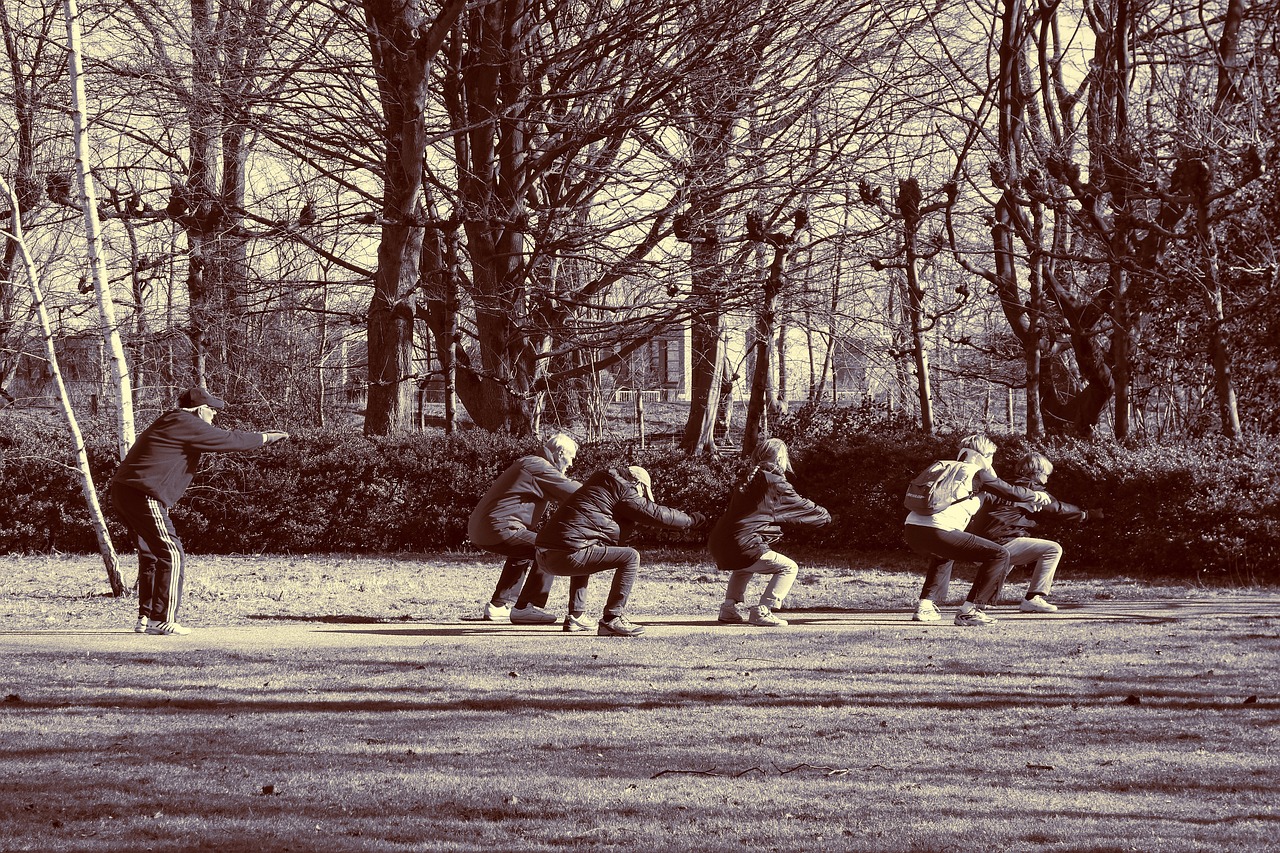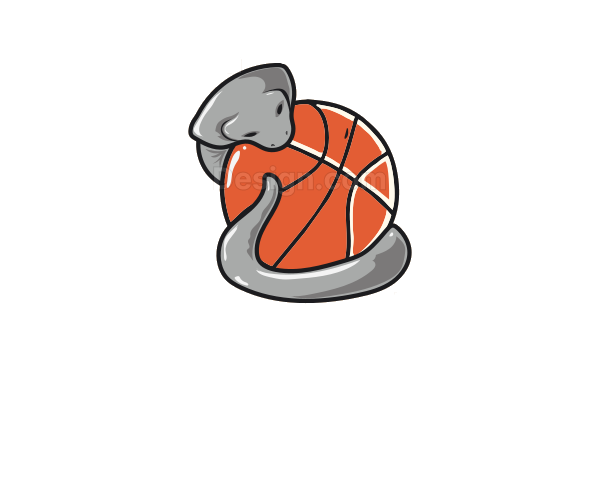1. Box jumps
Box jumps are an excellent exercise for improving vertical leap due to their explosive nature, which trains the fast-twitch muscle fibers.
These fibers are responsible for quick, powerful movements, such as jumping. When you perform a box jump, you’re engaging your legs and core to generate force in a vertical direction.
The action of jumping onto a raised platform requires a full-body effort, which mimics the movements involved in vertical leaps
This helps to increase leg strength and power, improve coordination, and enhance overall athletic performance. Additionally, box jumps can help improve your reaction time and increase your ability to generate force quickly, both of which are essential for increasing your vertical jump.
Regularly incorporating box jumps into your workout routine can lead to significant improvements in your vertical leap over time.
2. Jump rope

Jumping rope is an incredibly effective exercise for enhancing your vertical jump because it improves several physical attributes simultaneously.
It serves as a plyometric workout, which means it helps your muscles exert maximum force in short intervals of time, thereby increasing your power.
This power directly translates to better performance in explosive movements like vertical jumps. Additionally, jump rope workouts increase your cardiovascular fitness, which can lead to improved endurance on the court or field.
The repetitive motion of jumping also strengthens the calf muscles, quadriceps, hamstrings, and glutes, which are all crucial for a powerful leap.
Moreover, the coordination and timing required for consistent jump roping help fine-tune the neuromuscular patterns necessary for timing your jumps.
By regularly incorporating jump rope sessions into your training, you can develop the muscular strength, endurance, and coordination needed to boost your vertical leap.
3. Squat Jumps

Squat jumps are another fantastic exercise to help enhance your vertical jump.
When you perform squat jumps, you’re combining the strength-building benefits of squats with the explosive power of jumping.
This exercise targets the lower body muscles, including the quadriceps, hamstrings, and glutes, which are essential for generating the force needed for a higher vertical leap.
By starting in a squat position and then exploding upward into a jump, you are training your muscles to produce power quickly, which directly translates to improved jumping ability.
Squat jumps also engage your core muscles, helping to improve overall stability and control during explosive movements.
Incorporating squat jumps into your workout routine can help increase your leg strength, power, and explosiveness, all of which are key factors in improving your vertical jump height.
4. Step-ups

Step-ups are excellent Exercises to Improve Vertical Jump because they simulate the one-legged takeoff that often occurs during jumping activities.
When performing step-ups, you’re engaging the quadriceps, hamstrings, glutes, and calf muscles, which are all critical for explosive vertical movements.
This exercise also helps to correct muscle imbalances between your legs, as each leg works independently, ensuring that both sides of your body are equally strong and capable of producing power. The upward movement of the step-up drives hip extension, which is a fundamental aspect of jumping.
By incorporating weights, such as dumbbells or a barbell, you can increase the resistance and further strengthen the muscles involved in jumping. Additionally, step-ups enhance your coordination and balance, which are essential for achieving a higher vertical leap.
Regularly adding step-ups to your workout routine can lead to significant improvements in the strength and power of your lower body, ultimately contributing to a more powerful and higher vertical jump.
5. Calf raises
Calf raises are a great way to strengthen your calf muscles, which play a crucial role in generating power for your vertical jump. By performing calf raises, you target the soleus and gastrocnemius muscles in your calves, which are essential for pushing off the ground during a jump.
This exercise helps improve the strength and endurance of your calf muscles, allowing you to generate more force when propelling yourself upward.
You can do calf raises using your body weight, or you can add resistance by holding dumbbells or using a calf raise machine at the gym. By incorporating calf raises into your workout routine, you can enhance your vertical jump by developing stronger and more powerful calf muscles.
Introducing the Vertical jump training program
The Vert Shock training program is a popular and effective way to improve your vertical jump and is perfect for anyone looking to improve their vertical.
This program is perfect for anyone looking to find the perfect structure/program to improve their vertical. To learn more about vert shock click here




